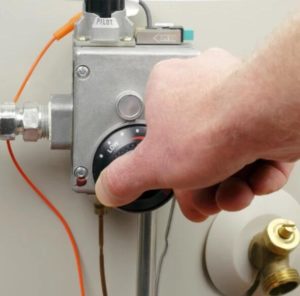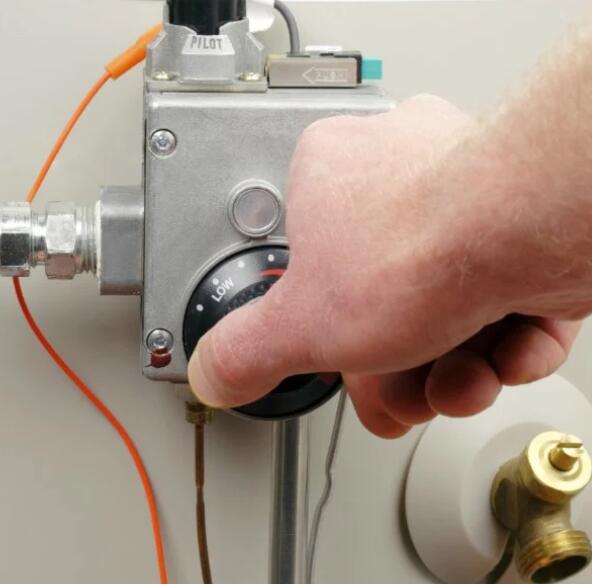Pilot light going out on the water heater is one of the most annoying experiences that you can have. This is especially worse during winter because it denies you the opportunity to enjoy that steamy shower in the morning. Additionally, the furnace won’t operate normally. Therefore, there are various reasons that can be attributed to this problem. In some cases when the pilot light won’t stay light it could possibly indicate there are some faults in the system. If you have never witnessed your water heater pilot light going out then here are some possible reasons. Read on and find out.

Dirty pilot tube
One of the most possible reasons why your pilot light won’t stay lit is because you might be having a dirty pilot tube. The pilot tube could be blocked by dirt which obscures the effective flow of gas. Therefore, if you want to fix it you will need to clean the tube effectively using a needle. This allows you to remove dirt. When you are done you can try and test if it has been effectively cleaned. If the pilot light fails to light again you might have to remove it and clean again.
Obstructed Thermocouple
Thermocouple is a very essential component of water heaters. It allows the water heater to function optimally. It serves as a safety measure because once it detects the pilot light is off it cuts off the gas supply. Therefore, the thermocouple could be obstructed by dirt which leads to the gas outage. Before you start cleaning the thermocouple you should first ensure the gas valve is off.
Damaged Thermocouple
This is yet another possibility as to why your pilot is going out. You might be having a damaged Thermocouple. If you notice that it is not curved or dirty then there is a possibility that it is damaged. Therefore, you should run some diagnostic tests to validate this claim by removing the thermocouple and test it using a multimeter. Always ensure you turn off the gas before removing the Thermocouple.
If the voltage that is supplied is below 20 MV then that is a clear indication that your Thermocouple is damaged. To fix this problem will require some technical assistance. a competent technician. It can be repaired if it is slightly damaged but in some cases, you might be required to replace it.

Flex tube defects.
This is yet another viable reason why your pilot lights go out on the water heater. The flex tube provides a continuous flow of gas to the device. Therefore, when the tube is interrupted in any way then the pilot won’t light. Therefore, this could indicate possible defects in the tube that leads to obstruction of gas flow. You might try to straighten the tube to see if it works. However, if the problem persists then you might have to change the entire tube.
Main control valve
This occurs less frequently but it could be the reason why your pilot light is off after trying all the other possible reasons. When the main valve is faulty you might require some technical assistance. Therefore, the best thing to do if you want a heater to perform optimally and avoid future complications is to do some replacements. Just replace the entire main control valve and if that was the problem you will see the lights turning on.
Faulty Burner
A faulty Burner could be one of the reasons that the pilot light is off If you have a faulty Burner you are sure that it will affect the ignition system which consequently makes the pilot light turn off. Therefore, when this happens it is usually advisable that you should do some preliminary checks to ascertain if the burner is faulty.
This is done by turning the hot water tap and let it run for approximately 5 minutes. You might switch to a lower temperature if the burner fails to ignite However if nothing happens then that is a clear indication that the burner is faulty and it should be replaced.
Not enough combustible air
The pilot light might go off especially if it doesn’t receive adequate air for combustion. This is usually the case if the heater is located in some places like a utility closet where there is inadequate combustible air. Therefore, this leads to the accumulation of carbon IV oxide.


